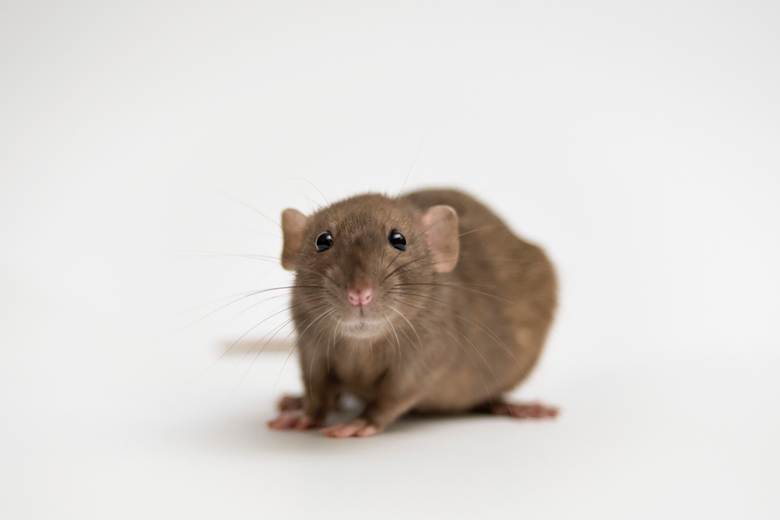
Keeping properties pest-free requires more than reactive treatment; it takes a well-structured plan that addresses seasonal pest activity throughout the year. A yearly pest control calendar helps property managers stay ahead of infestations, protect tenants, and maintain property value.
Winter: Inspection and Prevention
Cold months drive pests indoors seeking warmth and food. Rodents, cockroaches, and spiders are common intruders during this time. Property managers should focus on sealing entry points, inspecting insulation, and checking basements or attics for nesting signs. Preventive maintenance like repairing weather stripping, installing door sweeps, and decluttering storage areas can greatly reduce indoor pest issues. Winter is also the best time for professional inspections since pest activity is low and access to problem areas is easier. Documenting inspection results now helps guide treatment decisions for the rest of the year and allows property teams to track recurring issues or structural vulnerabilities that may require long-term attention.
Spring: Early Intervention
As temperatures rise, pests become active again. Ants, termites, and flies begin to reappear, making spring an ideal time to apply preventive treatments. Property managers should schedule routine service visits to identify signs of emerging infestations. Landscaping maintenance also matters; trimming back vegetation, cleaning gutters, and removing yard debris discourage pests from nesting near buildings. This is also the season to inspect foundations for cracks and ensure moisture-prone areas like basements and crawl spaces remain dry and well-ventilated.
Summer: Monitoring and Maintenance
Summer typically brings the highest pest activity. Mosquitoes, wasps, and ants thrive in warm conditions, while food and waste attract flies and rodents. Regular monitoring during this season helps detect issues early before they spread. Encourage tenants to report pest sightings immediately and store trash properly in sealed containers. Exterior lighting should use bulbs that attract fewer insects, and any standing water around the property should be eliminated to prevent mosquito breeding. Routine inspections of outdoor amenities like dumpsters, patios, and storage sheds can prevent hidden infestations.
Fall: Long-Term Control Measures
As temperatures begin to drop, pests start searching for shelter again. Fall is the perfect time to prepare for overwintering species like stink bugs and rodents. Seal exterior gaps, replace damaged screens, and inspect HVAC vents for openings. A professional pest control service can apply exterior treatments that create a barrier before pests move indoors. Reviewing the year’s pest activity logs and treatment records helps property managers refine future prevention strategies. Incorporating residential pest control into annual maintenance budgets ensures consistency and accountability across properties.
Staying Proactive Year-Round
A yearly pest control calendar transforms pest management from a reactive process to a proactive system. It allows property managers to plan ahead, coordinate service visits, and minimize tenant complaints. Documenting treatments and inspections also supports compliance with health and safety standards.
Preventing infestations protects property investments and improves tenant satisfaction. With a well-planned calendar, pest control becomes routine maintenance rather than a crisis response. Property managers who anticipate pest activity season by season can maintain cleaner, safer environments that remain free of unwanted visitors year-round. For more information, look over the resource below.
Infographic Embed Code:









